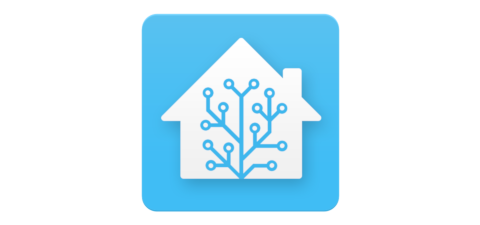Home Assistant is home automation software, primarily intended for installation on a Raspberry Pi computer. It is an ambitious project with an active community.
Some ways people use Home Assistant
If home automation sounds interesting, but you're at a loss for applications specific to your home, here are a few ideas to spark your imagination. Some of these will take a bit of work to set up using additional tools such as Node-RED . It won't always be easy, but just about anything is possible once you develop a plan and follow through with it.
- Home security: Track when doors and windows are opened. Send you an alarm if a family member fails to arrive home when expected. Many seemingly mundane sensors and devices can be adapted to meet your unique security needs.
- Use presence detection (i.e., who is in the house) to adjust things like temperature and lighting to suit everyone's preferences.
- Motion-activated lights with intricate rules about how to turn on and off, using different rules under different conditions.
- Detect and react to pets when they poke around where they shouldn't be.
- Integration with Grocy for home inventory management, tracking chores, and more.
- Exterior lights to indicate if a garage bay is occupied, so you can position your car appropriately before opening the door.
- Define your own "home profiles" (not actually a term used within HA) to automatically adjust multiple lights and other devices together to accomodate certain activities. Example activities: movie time, reading time, cooking, showering, sleeping, hosting guests, etc.
- Monitor the status of appliances such as a freezer or a sump pump. If something goes wrong, you can be promptly notified.
- Turn fans on and off based on temperature and humidity in rooms such as the bathroom, or to help circulate air when the heating and cooling systems kick on.
- Track the battery and charging status of your phones, tablets, and other devices that can run the Home Assistant app, and automatically send a reminder if you forget to keep them sufficiently charged.
- In combination with a moisture sensor and electronic pumps, automatically water houseplants or even irrigate the garden.
Installing Home Assistant
This is only an overview and by no means a complete guide to installing Home Assistant. Be sure to visit the official docs for up-to-date guides covering many different installation scenarios.
Home Assistant can be installed on a Micro SD card as a complete operating system for the Raspberry Pi, or it can be installed as a virtual machine or Docker container under some other Linux distro of your choice.
If you install Home Assistant on a Micro SD card, a minimum of 32 GB is recommended. However, using a larger memory card keeps more free space available for wear leveling, potentially extending the life span of the card. Even better if the card is rated for Application Performance Class 2 (A2). The A2 rating means the card should be able to perform small file I/O operations much faster than A1-rated cards.
Windows users are advised use a program called balenaEtcher to write OS images to SD cards. The same program is available for Linux, but if you're comfortable with common utilities such as `dd`, then installing balenaEtcher would be overkill. Whatever your preferred method, installation is as simple as writing the OS image to the Micro SD card. Once that is done, it is time to boot up Home Assistant and take some initial steps to configure it.
While the Home Assistant OS is built upon the Linux kernel, it does not function like the typical Linux distro made for desktop users.
